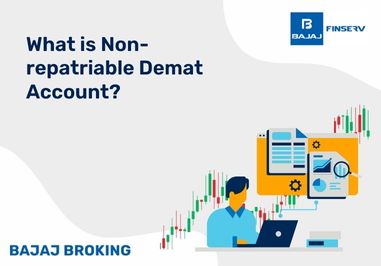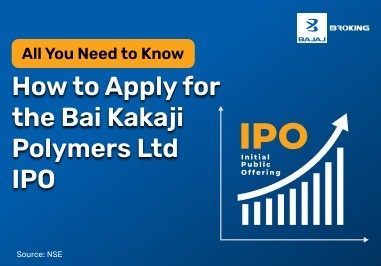Before you decide to place any options trade, you need to understand what truly impacts the price of an option contract. You may notice that option premiums often behave differently than the underlying stock or index. That is because there are multiple variables working together to influence an option’s price. These do not just include the asset’s market price, but also time, volatility, and interest rates, among others. If you are trying to plan your entry or exit, you must grasp how these factors interact and how each one may influence your trade outcome.
Below are the seven major factors that typically affect the price of an options contract:
1. Underlying asset price
You may already know this—the option’s price moves in relation to the price of the asset it is based on.
The premium of a call option generally increases when the underlying price rises, while put options may increase in value when the price falls. The stronger the move, the greater the impact on the premium, especially if the option becomes in-the-money.
2. Strike price
The difference between the current asset price and the strike price affects the option’s intrinsic value.
The closer the strike price is to the asset’s current price, the more sensitive the premium becomes. Options that are deep in-the-money or out-of-the-money may have different risk-reward ratios and pricing behaviours.
3. Time to expiry
As the option nears expiry, its time value reduces—a concept known as time decay or theta.
You might see this erosion accelerate in the last few days of the contract. Longer-dated options usually carry higher premiums, while shorter-dated ones decay faster, impacting how long you might want to hold your position.
4. Volatility
If the market expects larger price swings, the option premiums tend to reflect that uncertainty.
Implied volatility increases the time value of options. Whether you hold a call or put, rising volatility can increase the premium. However, when volatility drops, you might notice the premium shrinking even if the price remains unchanged.
5. Interest rates
Even though this factor may seem minor, it can influence how options are priced—especially for longer expiries.
When interest rates rise, call option premiums may increase slightly due to the cost-of-carry concept. On the other hand, put options may slightly decrease in value, although the effect is more prominent in longer-dated contracts.
6. Dividends
You should also account for any dividends expected on the underlying asset during the option's life.
If a company declares a dividend, the expected drop in stock price after the ex-dividend date may reduce the call option’s value and increase the value of puts. Traders often adjust their strategy based on such announcements.
7. Option type and style
Not all options behave the same—some are American-style and others are European-style, and that matters.
American options can be exercised before expiry, which adds flexibility and can influence pricing. European options, on the other hand, are exercisable only at maturity, which may reflect differently in their premium compared to American counterparts.














